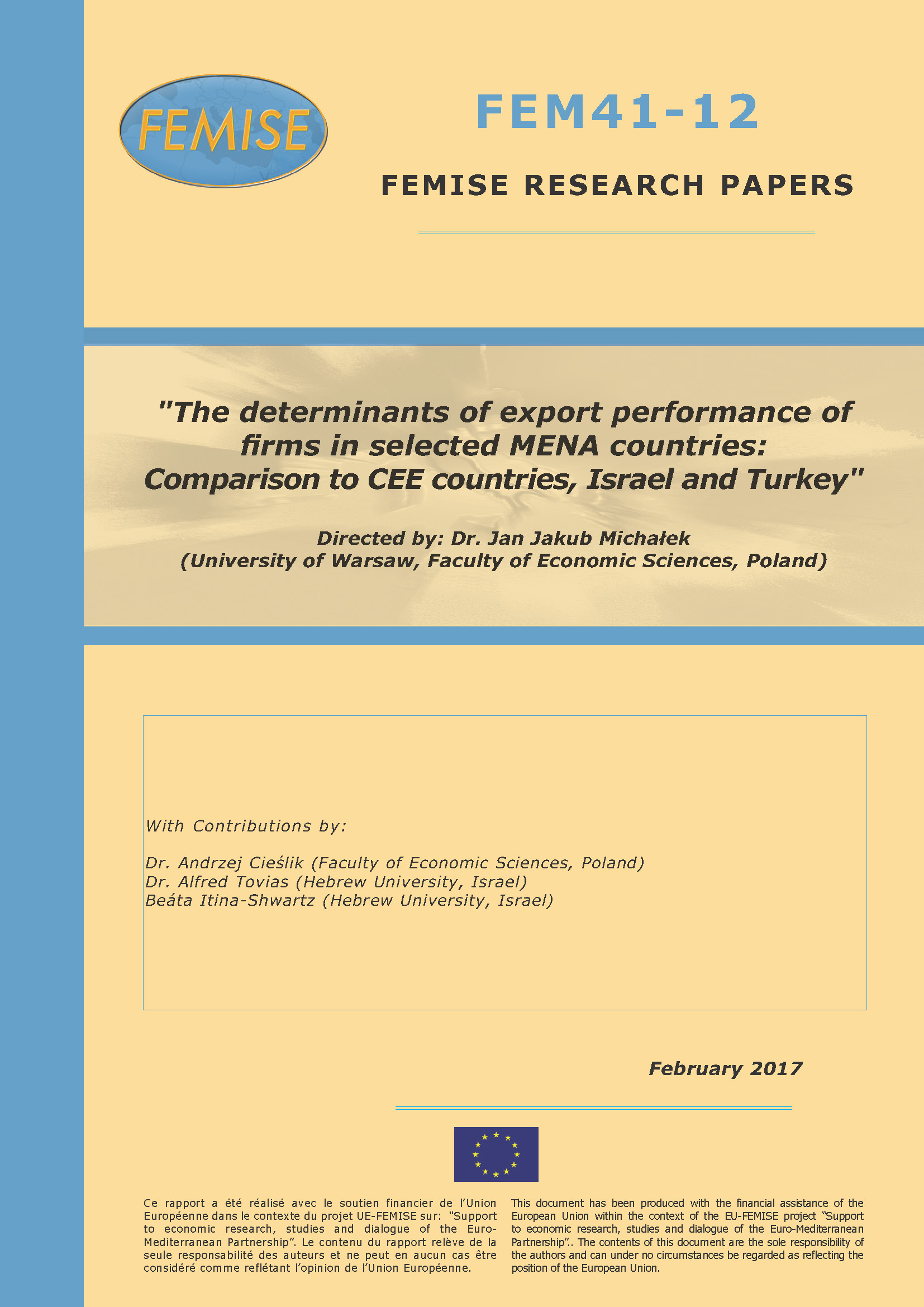 In this paper we study the determinants of export performance of firms in selected MENA countries jointly and separately and compare them to the performance of firms from Central and Eastern European (CEE) countries.
In this paper we study the determinants of export performance of firms in selected MENA countries jointly and separately and compare them to the performance of firms from Central and Eastern European (CEE) countries.
The analysis is based on information on individual firms contained in the BEEPS V data base, and covers the period of 2011-2014. We estimate the probability of exports controlling for country and sector specific effects using the probit model. We find that in both groups of countries similar variables affect firm export performance.
Our empirical results obtained for the MENA and CEE countries indicate that theprobability of exporting is positively related to thelevel of productivity, firm size, spending on research and development, the share of university graduates in productive employment and the internationalization of firms. State ownership and the perception of corruption by firms are mostly not statistically significant.
The results obtained for the two groups of countries are statistically not very different, but enough to have some policy implications while results for particular countries and sub-groups of countries reveal a large degree of heterogeneity.
This paper is organized as follows. In Section 1 we survey the relevant literature on the determinants of export performance. In Section 2 we describe the research methodology and the dataset. In Section 3 we report our empirical results. Finally, the last section summarizes and concludes with policy guidelines and directions for future research.




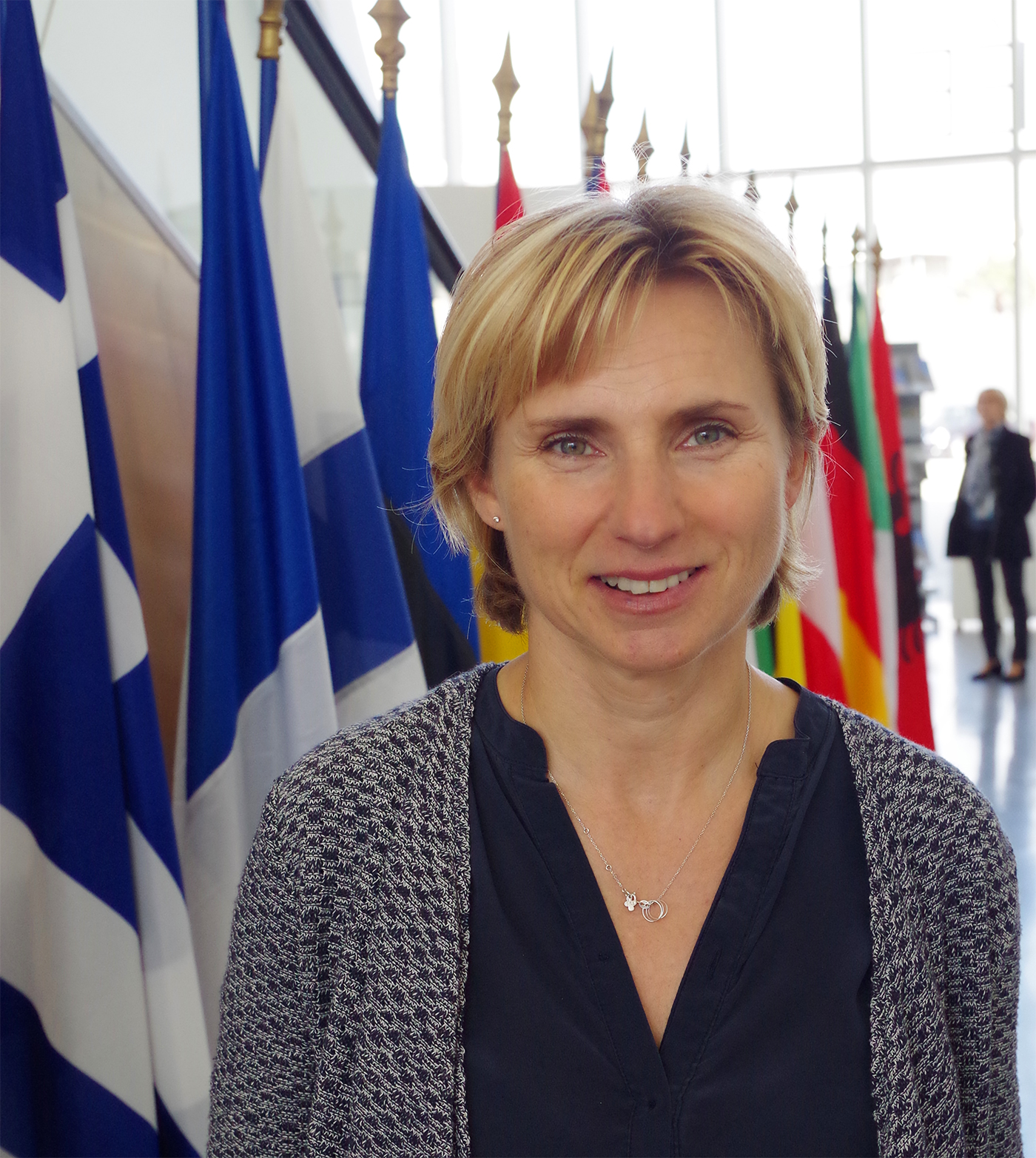 Institut de la Méditerranée (IM) is pleased to announce that starting January 2017 Pr. Patricia AUGIER is the new President of the Scientific Committee of IM. Pr AUGIER was elected by the IM Board of Directors and succeeds Pr. Jean-Louis REIFFERS.
Institut de la Méditerranée (IM) is pleased to announce that starting January 2017 Pr. Patricia AUGIER is the new President of the Scientific Committee of IM. Pr AUGIER was elected by the IM Board of Directors and succeeds Pr. Jean-Louis REIFFERS.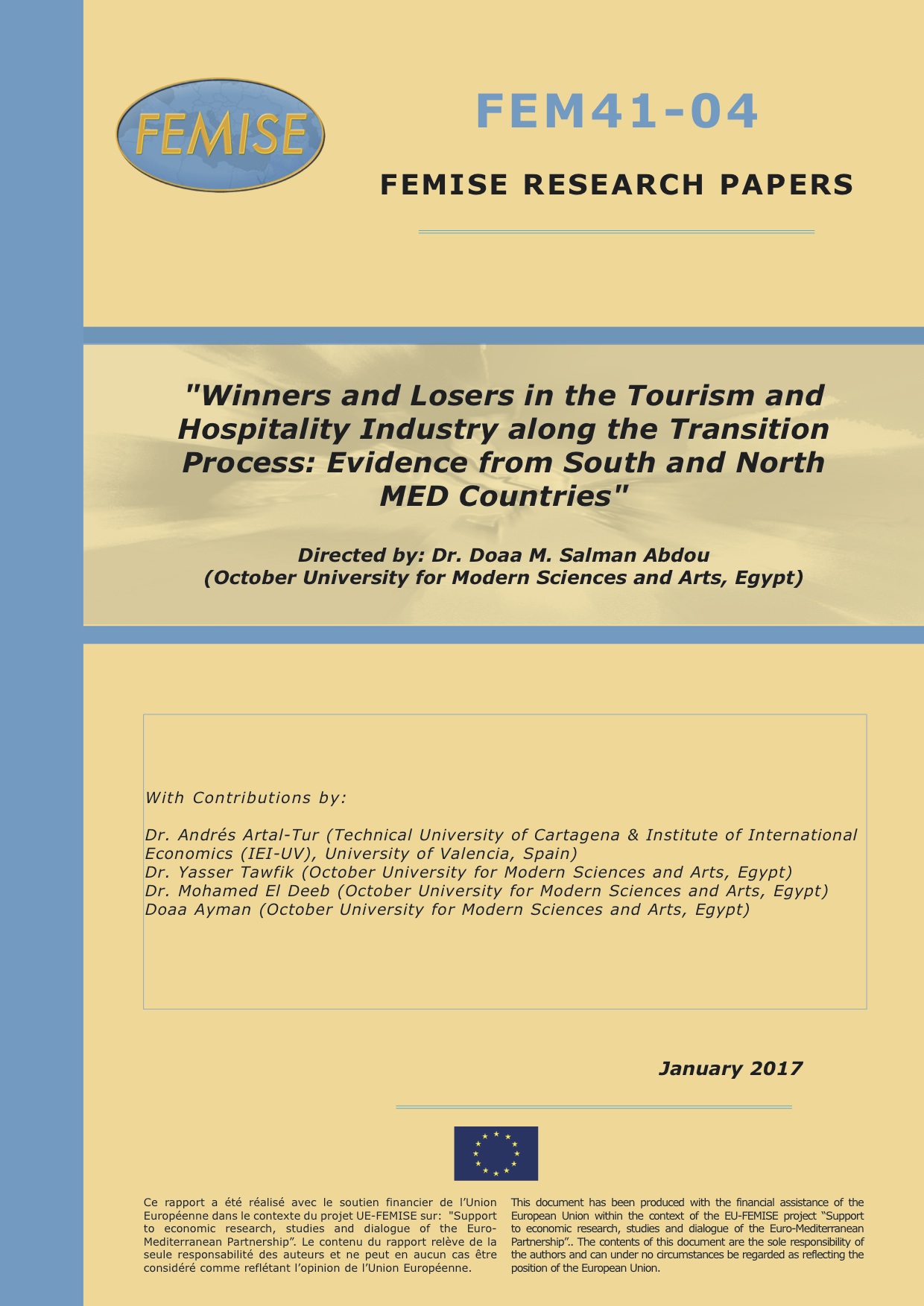


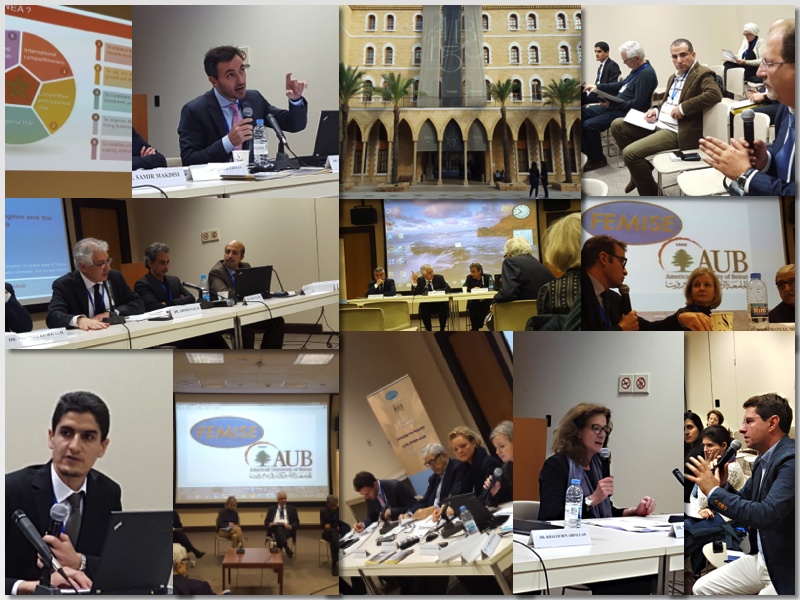
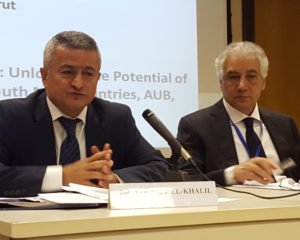
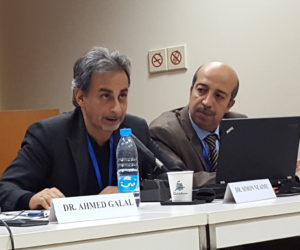
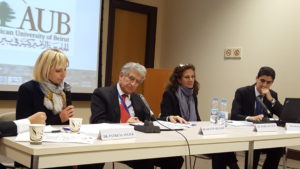
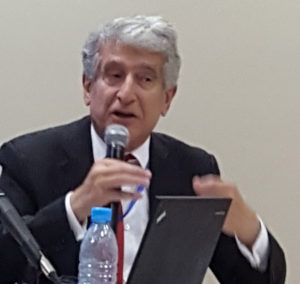
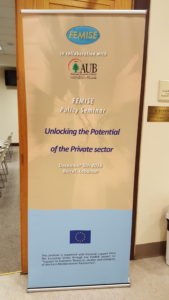
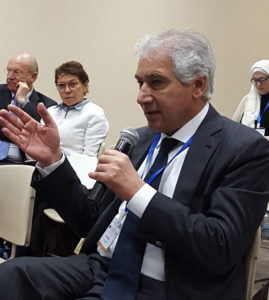
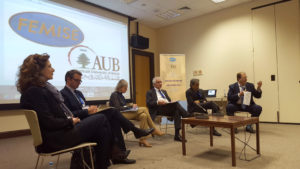
 This event received financial support from the European Union through the FEMISE project on “Support to Economic Research, studies and dialogues of the Euro-Mediterranean Partnership”. Any views expressed in this seminar are the sole responsibility of the speakers.
This event received financial support from the European Union through the FEMISE project on “Support to Economic Research, studies and dialogues of the Euro-Mediterranean Partnership”. Any views expressed in this seminar are the sole responsibility of the speakers.


